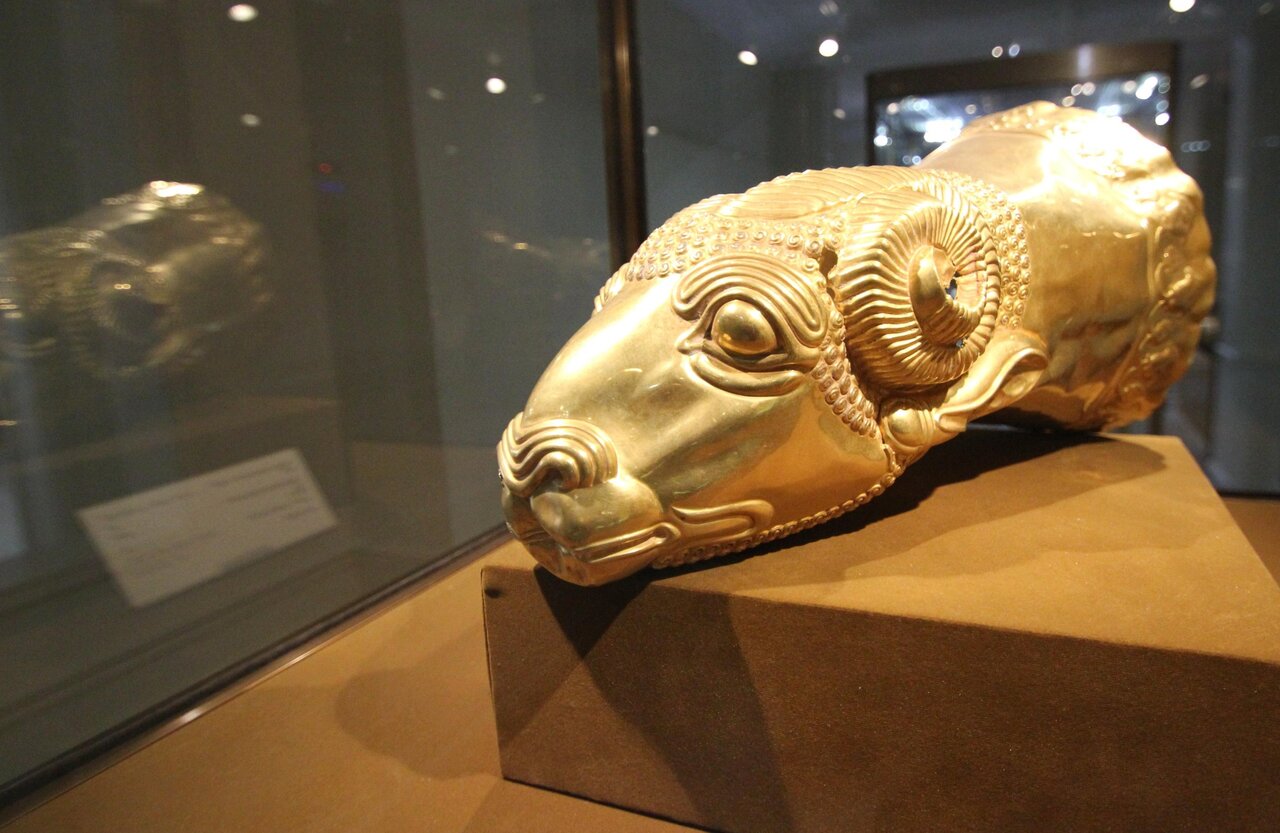Ecbatana to host loan exhibition of treasured relics excavated from the ancient city

TEHRAN – The ancient city of Ecbatana will host a loan exhibition of magnificent relics previously excavated from ancient city, which partly overlaps with modern Hamedan in west-central Iran.
The five-day show, which begins tomorrow, features a selection of gold and silver objects that date from the Achaemenid and Sassanid eras, when Ecbatana was a Persia’s powerhouses, ISNA reported.
The Achaemenid objects comprise a gold bowl, gold dagger, gold bracelet, silver cup, bull-shaped column capital made of stone, and a silver utensil, while the Sassanid ones are a gilded silver plate and an engraved silver plate, all transferred from the National Museum of Iran.
The exhibition is organized to mark a possible UNESCO designation of Ecbatana as a World Heritage for which UN assessors are to visit the site within the coming days, the report said.
Hamedan’s governor-general has said the UNESCO designation of Ecbatana will be providing a great opportunity for Iran’s tourism sector. “The UNESCO registration of the Hegmataneh (Persian name for Ecbatana) will provide an unparalleled opportunity not only for Hamedan but for the whole tourism sector of Iran,” Moslem Makhfi said earlier in May.
Once one of the world’s greatest cities of ancient times, Ecbatana was once the capital of Medes and later the summer residence for Achaemenid kings. The ensemble is made up of a priceless archeological site and a singular collection of historical ruins.
It embraces artifacts from six different historical eras that are still extant, including an odd collection that belonged to Iran's Christians. It is well protected as a result of its significance to history and culture.
Ecbatana was first excavated in 1913 by the French Assyriologist Charles Fossey. In 2006, excavations in a limited area of Hegmataneh hill failed to uncover anything older than the Parthian period (247 BC). However, excavations have been limited due to the modern city covering most of the ancient sites.
Around 1220, Hamedan was destroyed by the Mongols. In 1386, it was sacked by Timur (Tamerlane), a Turkish conqueror, and the inhabitants were massacred. In the 17th century, it was partially restored and then frequently changed hands between the Iranian dynasties and the Ottomans.
Located on a high plain, Hamedan is pleasantly cool in the summer but can snow and freeze from December to March. Hamedans attractions include Ali Sadr Cave, Ganjnameh Inscriptions, Avicenna Mausoleum, Hegmataneh Hill, Alaviyan Dome, Jameh Mosque, and St. Stephanos Gregorian Church, among others.
AFM
Leave a Comment